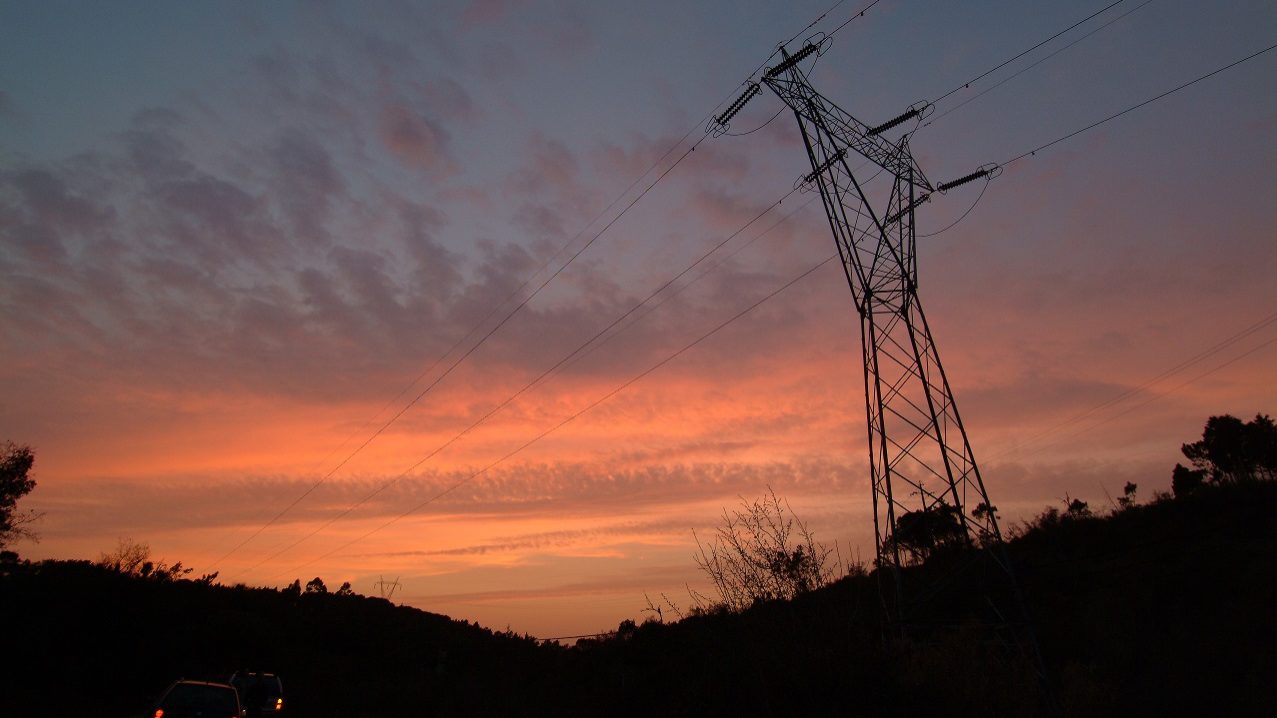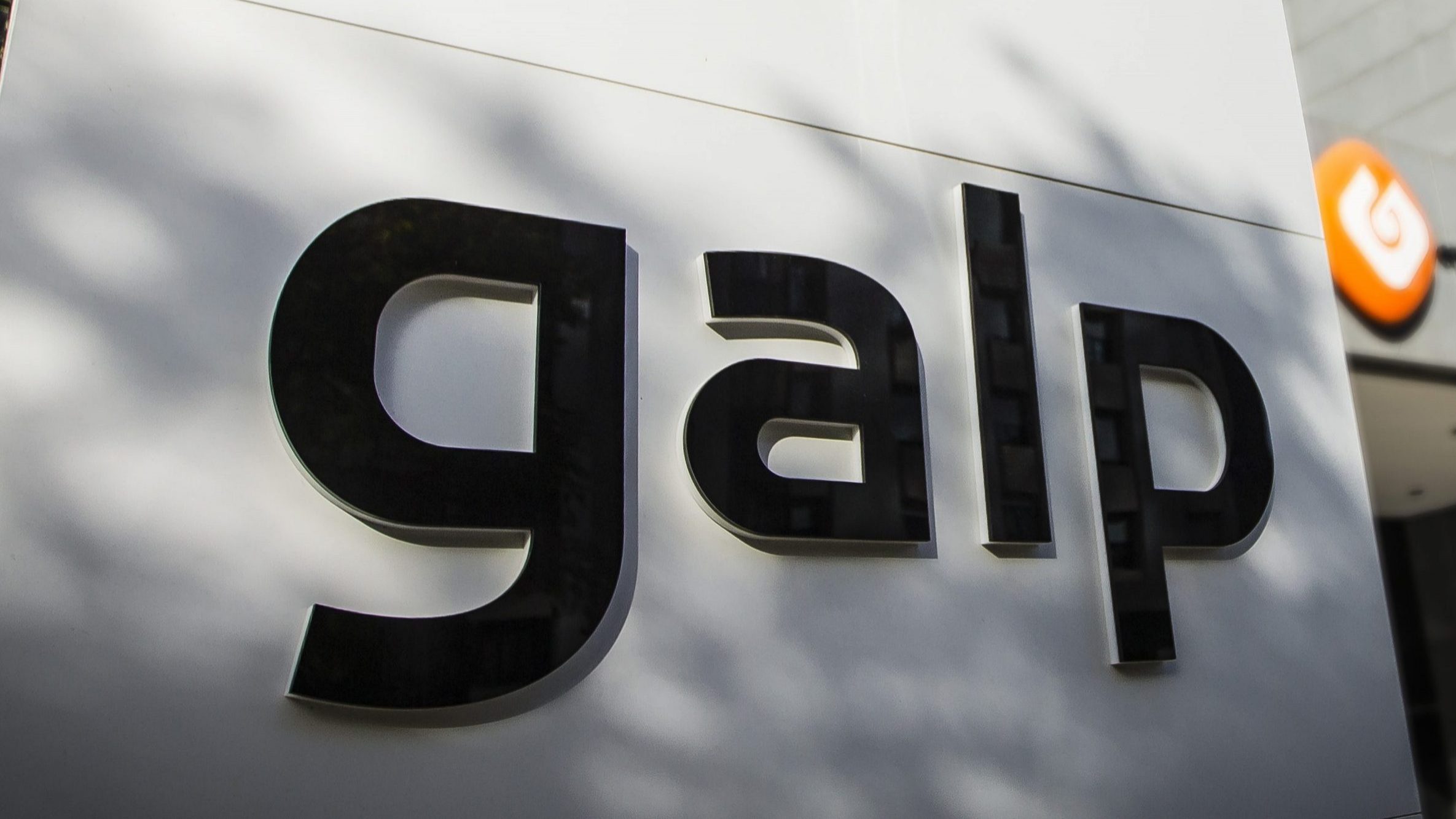Natural gas network ‘ready’ for renewable gases
The head of Galp Natural Gas Distribution (GGND) said that the network was "well prepared" to receive renewable gases, whose developments should be accelerated, especially concerning biomethane.
The CEO of Galp Gás Natural Distribuição said on Thursday that the regulator has a concept of a fossil gas network when it advises prudence in investments and argued that the infrastructure is “well prepared” for renewable gases, which should be accelerated.
This position was transmitted by Gabriel Sousa in a meeting with journalists in Lisbon, the first since he took over the chair of the company’s Executive Commission after Allianz Capital Partners bought 75.01% of the 77.5% stake that Galp had in the company for €368 million.
Asked about the opinion of the Energy Services Regulatory Authority (ERSE) on the Investment Plan for the National Gas Transmission Network (PDIRT-G), which recommended prudence in investment in gas networks, Gabriel Sousa considered that the “regulator has the natural prudence”, but starts from a concept of the natural gas network, i.e. fossil gas.
The head of Galp Natural Gas Distribution (GGND) said that the network was “well prepared” to receive renewable gases, whose developments should be accelerated, especially concerning biomethane.
“There is an association between decarbonisation and electrification, [but] decarbonisation needs electricity and renewable gases,” the CEO pointed out.
Gabriel Sousa defended a National Strategy for biomethane, like the one that exists for hydrogen, which, he said, is in the process of preparation by the ministry.
Although less advanced in Portugal, biomethane has conditions to be injected into the network in a more immediate stage. Although it comes from various sources, such as urban waste, agricultural facilities, or landfills, the molecule is the same as natural gas (CH4). Therefore no changes to the infrastructure are necessary.
GGND received over 70 requests from producers to inject hydrogen (the vast majority) and biomethane into the network within a year. Three hydrogen projects are already in the “cruise phase”, with commitments to connect within a year, although they are not yet producing.
Gabriel Sousa said that the context of rising prices, aggravated by Russia’s invasion of Ukraine, should be used to accelerate the goals of incorporating renewable gases since biomethane currently costs between €60 and €80 per megawatt-hour (MWh) is cheaper than natural gas.
“The moment is favourable to accelerate this process. […] The ‘scale-up’ allows the price of biomethane to be reduced,” Gabriel Sousa pointed out, adding that the expected evolution is for the price of that biogas to drop to €40 per MWh, which seems “reasonable” to him.
Regarding hydrogen, GGND is developing a pilot project in Seixal, covering 80 residential, tertiary and industrial customers, which provides for the injection of 2% of hydrogen in the natural gas network. This percentage will gradually increase until it reaches a maximum of 20% in the next two years.
GGND is going through a refoundation process, with a plan to expand the regional operators’ network, in the scope of PDIRT 23-27, to seven more municipalities (Chamusca, Mira, Oliveira de Frades, São Pedro do Sul, Vouzela, Sátão and Tarouca), until 2027, covering a total of 262.7 kilometres of new network and 72 industrial and 7,284 domestic clients.
Additionally, the company will change its name this year, even though it was not imposed by the regulator, with news promised “after the holidays”.
GGND currently supplies 102 municipalities, through its participation in nine gas distribution companies: Lisboagás, Lusitaniagás, Setgás, Tagusgás, Beiragás, Duriensegás, Medigás, Dianagás and Paxgás.

